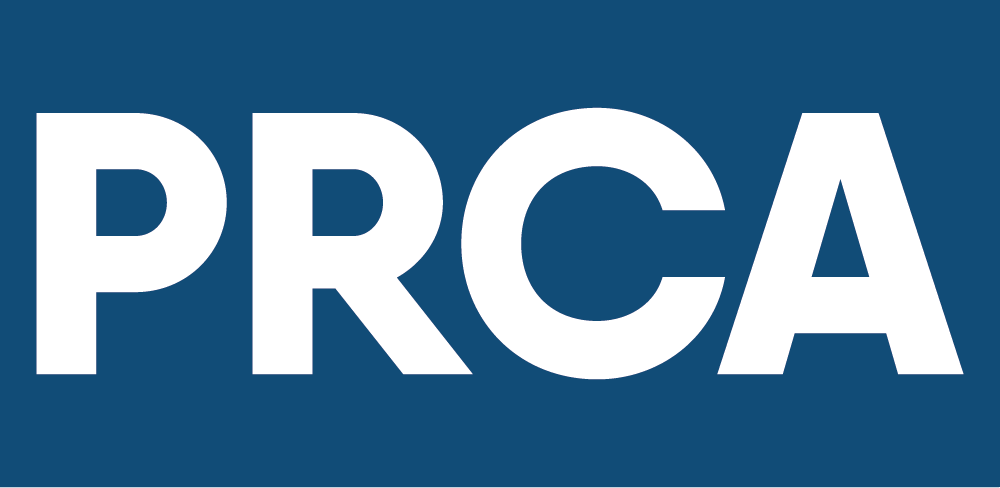Welcome to the PRCA website.
We’re adding new content and features regularly, including a new portal for members, and much more. Stay tuned!
Understanding the digital renaissance: What will Consumer PR look like in 5 years’ time?
Let’s face it: the way consumers engage with brands has shifted dramatically in recent years. With individuals spending an average of almost seven hours a day online and trust in traditional media continuing to decline, social platforms like TikTok and Instagram are now key channels for brand discovery and engagement.
So, what does this mean for today’s Consumer PR professionals, both in agencies and in-house teams as well as freelancers?
The Changing Consumer Landscape
Consumers are more digitally connected than ever before. Social media is no longer an add-on; it’s often the primary driver of brand awareness, customer engagement and reputation.
And it’s not just younger generations leading the charge. According to a GWI survey, there has been a 57% increase in baby boomers using TikTok since Q2 2021 and they are now more likely than Gen Z to have made an online purchase in the past week. Consumer behaviour is shifting across all demographics, making it clear that a digital-first approach isn’t just for youth-focused brands.
For Consumer PR professionals, this means traditional methods of media relations are no longer enough to forge a decent strategy alone. Successful brands are embracing digital channels as central to their strategy, rather than treating them as separate functions.
Rethinking Consumer PR Strategies
This doesn’t signal the death of traditional PR, though. If anything, it actually reinforces the need for strong PR expertise. With consumers exposed to a constant stream of brand messages every day, experienced professionals play a crucial role in ensuring their organisations stand out.
So, rather than abandoning Consumer PR, the focus should be on evolving strategies to align with where audiences actually spend their time.
The Power of an Integrated Approach
The most effective Consumer PR teams will be those that seamlessly combine core PR principles—storytelling, reputation management, and crisis communications—with a digital-first mindset.
Achieving this requires true collaboration between PR and digital teams, ensuring campaigns are designed with integration in mind from the start. For in-house teams, this might mean investing in digital upskilling, bringing in interim specialists, or working with expert freelancers who can bridge the gap between PR and digital marketing.
As Chair of the PRCA Independent Consultants Group, I see first-hand the incredible freelance talent available to help brands achieve a truly integrated, digital-first approach. Whether it’s social listening, influencer engagement, or data-driven content strategy, the right expertise can make all the difference.
The Future of Consumer PR
Looking ahead, what will the industry look like in five years? AI-driven content strategies, hyper-personalised brand experiences and the continued evolution of influencer marketing will likely reshape how PR and digital intersect.
The challenge for communications professionals will be staying ahead of these shifts — continuing to adapt, innovate, upskill and build teams that can work across multiple channels. Rather than being the end of Consumer PR, the digital era presents an opportunity for reinvention.
